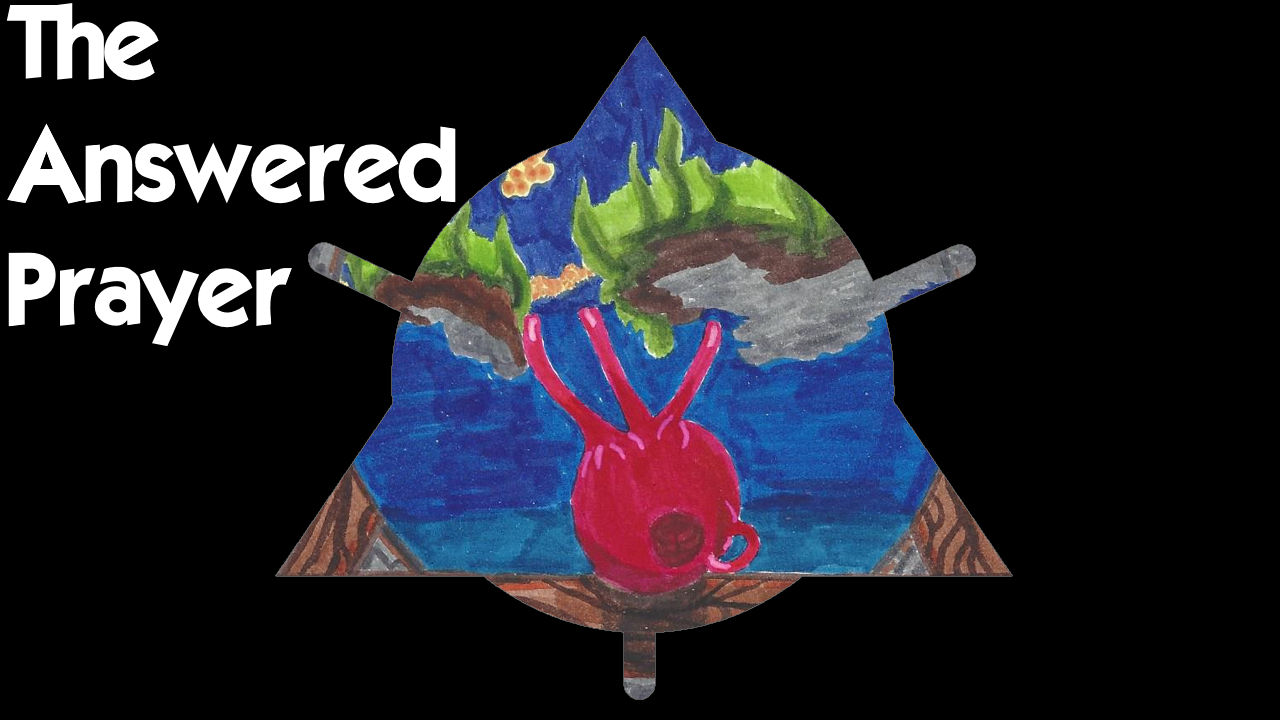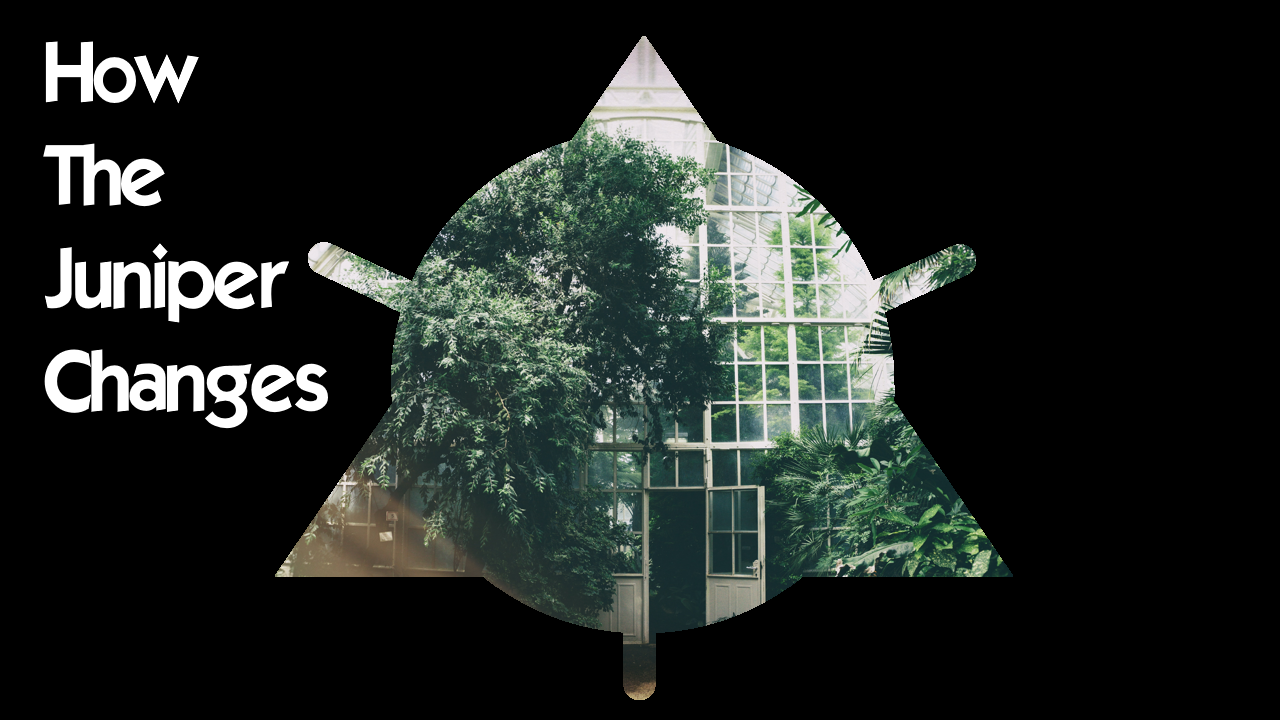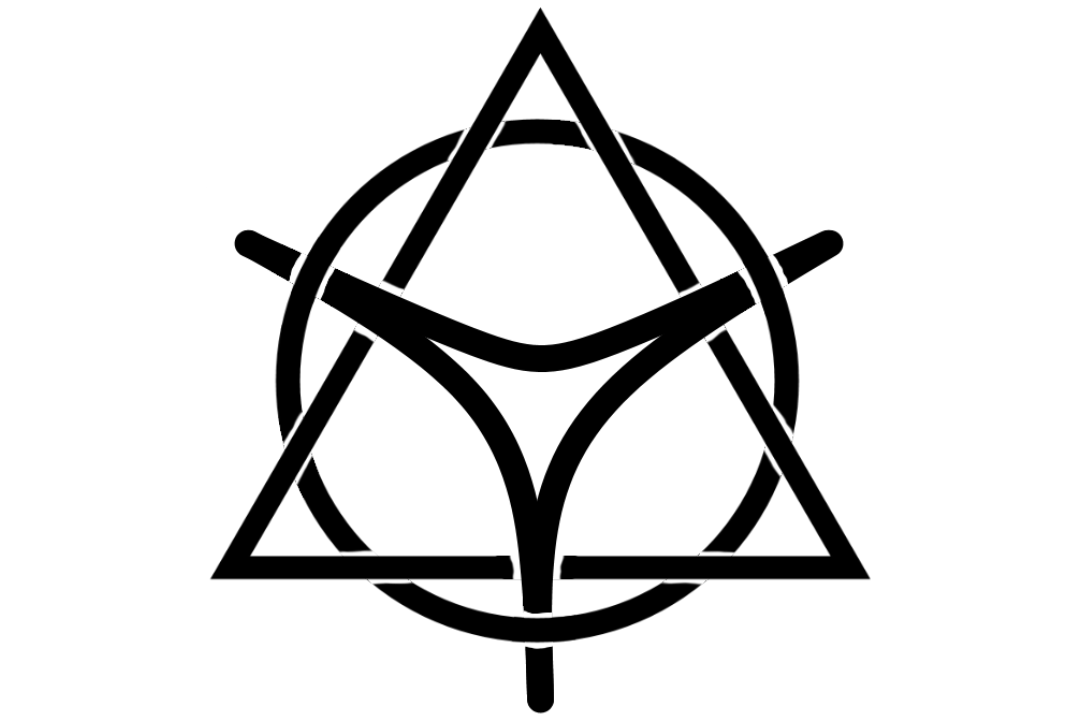I’m J J Bartel, and I cultivated a lot of greatness in a special presentation I gave at Northern state university. I have written a book, The Lost Soul of Scholastic Study, and it’s all about the practical aspects of school subjects, from math, science, politics, and philosophy. It gets into how each subject influences the other and even has questions to help you develop your skills. It seemed appropriate to prime my work at a college, but there was a complication. I got Influenza A, really bad, and it slowed my talking speed down. A 40-minute presentation extended to over an hour, and many students could not see the end of my presentation. I regret taking so long. That made me ask, Can I give an hour presentation with its slides, some jokes, and critical points in 5 minutes or less? That is what I hope to find out.
Plants are special to history as they are often the spectators and main players for humans. Because they provide our basic needs, they are background characters with the importance of key players.
We need to know what allows plants to live, such as sunlight, water, and soil.
Plants get energy and direction from sunlight. They use every part of the visible light spectrum, ultraviolet and infrared. Variations in Atmospheric density and planetary tilt exponentially change how much light the planet gets, drastically changing where plants live. This also changes where people develop civilizations.
Water is crucial; plants get it from the soil, and the soil gets water from precipitation like vapor, rain, and snow. Water, especially from rivers, is the basis of many civilizations due to irrigation. Even in more extreme environments, such as deserts and tundras, rivers and oceans allow humans to survive and develop into cultural groups and civilizations.
The last key component of plants is soil, not dirt. Dirt lacks nutrition and blows away, while the soil has living and nonliving parts. Soil has three parts. Silt, clay, and sand, with different variations of each component, form different soils. People could change the soil. Stories like Rome salting Carthage could turn the Mediterranean land into a desert if enough salt were used. However, while difficult, the desert can also become something more. Other extreme lands like bogs and swamps were dangerous but also had plants that could be used for healing and killing.
Historical people would have generally grouped plants in something approximating small fuzzy plants, grasses, and other annuals, bush, bulb, and vine perennials, non-fruiting trees, and fruiting trees.
Lichens, moss, and yeast are strange, unusual forms of life that captivated many civilizations. When a flood or a fire burns through a land, these organisms will come back first. These pioneer organisms would be the first sign of life returning and held spiritual importance for many. Even now, they break down nuclear radiation in blast zones. They used yeast and other microbes to make bread and cheese, even if they were unaware of their existence. Some caused diseases, and sewage determined a city’s health.
Annuals are many crops and weeds that survive for only a year. They are the plants of civilization because they allowed for agricultural growth and implied a key question. If I can control this, what else can I do? Such a question opens the door for the rest of civilization.
Short kings, nontree biannuals, and perennials live for more than one year. Older legacy populations determine the species’ future by surviving disasters, but the younger members of the group are often more genetically adapted to survive and overcome diseases. Plants that make food and materials year after year give predictability and consistency to a culture.
Nonfood trees are often found in dense forests, choking other plant life. What humans and plants live in the forests are adapted to shade. They are important tools and construction materials and are heavily exported.
Food trees offer all the benefits of nonfood trees with the complication of food. Because such plants could seemingly do everything, many are worshiped them throughout history. A poor man could farm grains or bushes, but only the richer people could afford to own many fruit trees.
Trade is the last significant matter, as resource limits can be mitigated as long as the trade routes stay strong.
What does all of this mean for us?
We still have our ancient limitations, but we now stand on the shoulders of past civilizations, have global trade options, and have fewer limits to success than ever before. We can go to the theatre of space and, with a mix of technology and botany, begin to widen the human stage, where the plants are again spectators and actors in our history.





I enjoyed a well-spent 5 minutes! An abundance of information to support everything presented. I liked your perspective, made it really interesting.